I used to think I could never earn more than what my previous employer paid me — but I was wrong. The world is full of opportunities for those willing to take a chance.
Now, I’m earning $52 per hour or more, and I can easily make at least $1,300 a week. Based on my experience, I believe everyone should try working online — it’s a simple and flexible way to earn money. Here's an example:
Www.Richnow1
10 Tricks That May Help You Look Confident in an AI-Assisted Job Interview
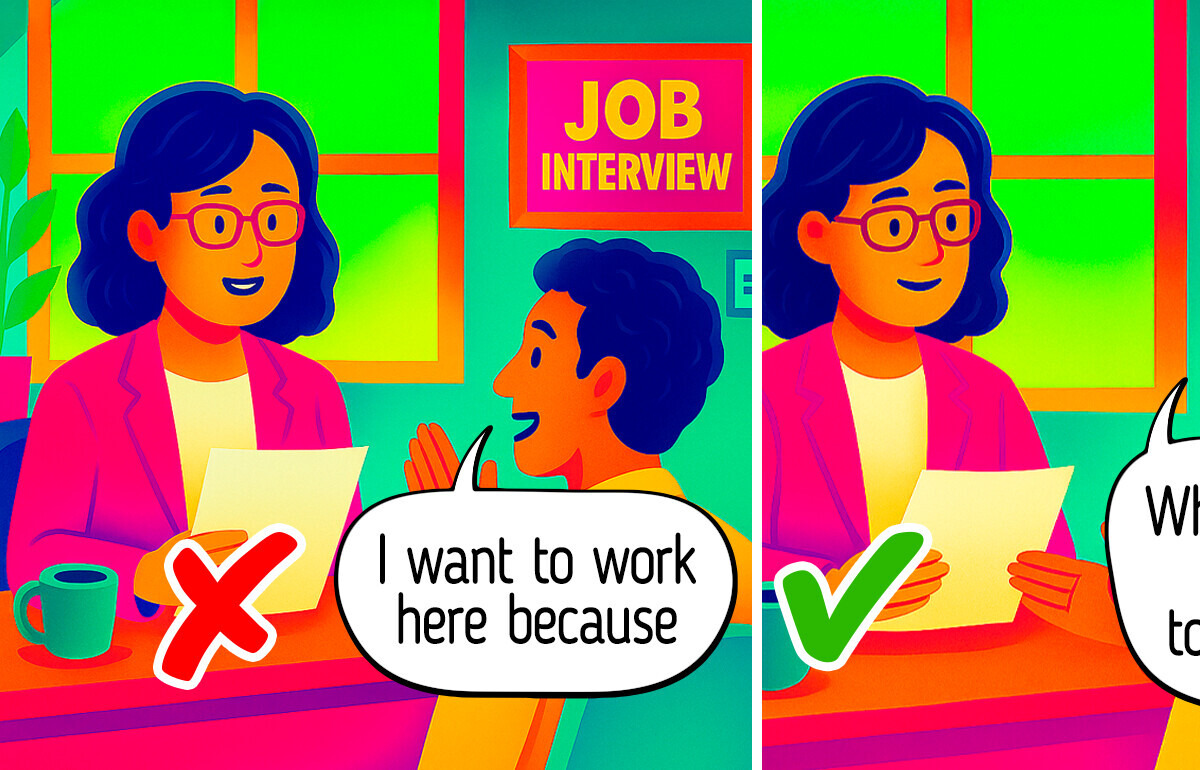
In many modern hiring processes, candidates don’t speak to a human right away. Instead, they’re asked to record responses on camera while artificial intelligence analyzes their performance. These AI systems assess more than just your words, they also interpret facial expressions, voice tone, posture, and choice of vocabulary.
1. Practice with a camera, not a mirror.
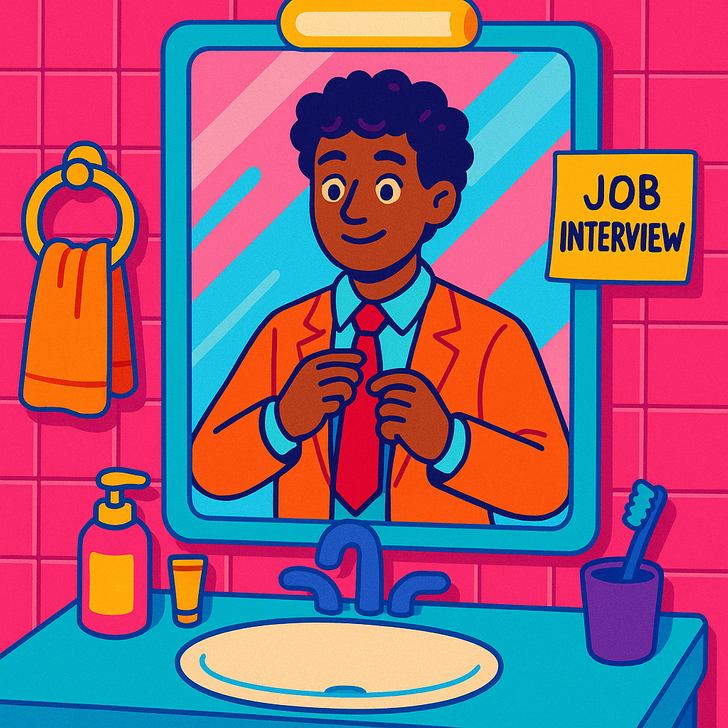
Practicing in front of a mirror can help with small visual cues, but it doesn’t accurately reflect how others will perceive you on screen. A recorded video gives you a full picture—posture, tone of voice, pacing, and eye contact included. Watching yourself on playback helps you notice behaviors you might not be aware of: slouching, rambling, monotone speaking, or nervous tics like touching your face. It also lets you test lighting, background, and audio quality.
2. Look directly at the camera.
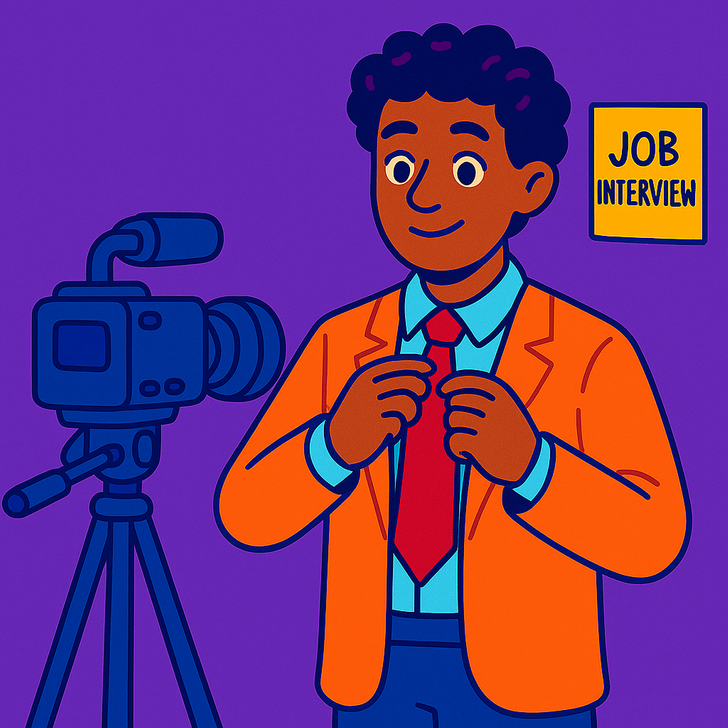
In a virtual setting, direct eye contact translates to looking at the camera lens, not the screen. It might feel unnatural at first, but maintaining this gaze helps simulate eye contact with a human interviewer. AI systems can analyze where your eyes are focused and may interpret frequent downward or sideways glances as signs of discomfort, distraction, or lack of confidence.
3. Keep a moderate speaking pace.

Speaking too quickly can come off as rushed or anxious, while speaking too slowly may seem like you’re struggling to articulate your thoughts. AI programs may evaluate pacing as a sign of emotional state or communication skills. Aim for 115–130 words per minute—a range that’s been shown to be ideal for clarity and confidence.
4. Minimize filler words.

Words like “um,” “uh,” “like,” and “you know” are natural in casual conversation but can reduce clarity and impact in a professional setting. AI analysis tools may interpret excessive filler words as a sign of nervousness or unpreparedness. While complete elimination isn’t necessary, reducing filler words makes your speech more polished and confident.
5. Maintain open and upright posture.

Body language influences both your own mindset and how others perceive you. An upright posture with relaxed shoulders, uncrossed arms, and steady breathing communicates openness and confidence. Studies have shown that "power posing"—holding expansive positions—can make people feel more self-assured, which is helpful before high-stress situations.
6. Use moderate facial expression.

AI systems may interpret facial expression data to assess engagement and emotional intelligence. A completely flat expression can be perceived as detached, while exaggerated gestures can seem inauthentic or nervous. A balanced approach—light smiling, nodding, and showing some natural expression—helps communicate warmth and enthusiasm without overacting.
7. Dress in a way that reflects the role.

Even though you’re not meeting someone in person, appearance still matters. Clean, professional attire signals that you take the opportunity seriously. AI systems may evaluate visual presentation as part of a general impression score, and recruiters reviewing the footage also take note. Avoid overly bright colors, busy patterns, or anything that might distract from your face and words.
8. Use structured responses.
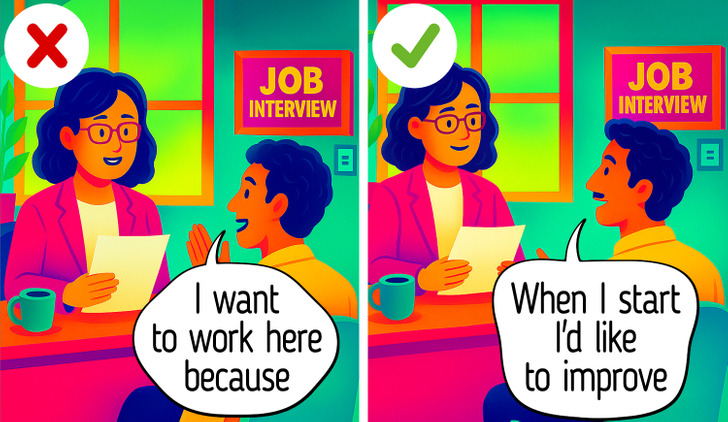
Organized answers not only sound more confident, but also help AI tools follow your thought process clearly. One proven method is the STAR technique: Situation, Task, Action, Result. This structure keeps your answer focused and prevents rambling. Well-structured responses also make it easier for both humans and machines to evaluate your problem-solving and communication skills.
9. Regulate your breathing.

Anxiety often shows up in subtle physiological ways—shaky voice, shallow breathing, or rapid speech. Taking time to center your breathing before and during the interview can help regulate these stress responses. Calm breathing also improves vocal tone, helping your voice sound steadier and more confident.
10. Familiarize yourself with the format.

Many candidates feel uneasy with one-way interviews—talking to a camera with no feedback feels unnatural at first. But like any skill, you improve with exposure. Simulating the format ahead of time helps build confidence and reduces awkward pauses or uncertainty when it’s time for the real thing. It also helps you get used to common features like time limits and automatic transitions between questions.
Confidence in an AI-assisted interview isn’t about being perfect. It’s about preparation, clarity, and presence. These systems may be analyzing data, but your goal remains the same: to communicate your value clearly and authentically. With practice and awareness of how AI interprets behavior, you can walk into your next interview—virtual or not—ready to impress.
Comments
Related Reads
I Excluded My Wife From My Kids’ Core Memories—She’s Too Busy Working

My MIL Demanded Rent for a House That Isn’t Hers, I Turned the Tables

I Refuse to Watch My Ex-Husband’s New Wife Raise My Children

13 Quiet Acts of Kindness That Turned Ordinary People Into Superhumans

My Daughter Wanted Me to Pay for Her Wedding—I Gave Money to Someone Who Actually Deserved It

I Refused to Follow My MIL’s Rules, I’m an Adult, Not a Toddler

My Sister Tried to Turn Our Family Cabin Into Her Free Resort, So I Changed the Rules

I Refuse to Pay Into My Stepson’s College Fund—I’m Not His ATM

My SIL Demanded That I Pay for “Ruining” Her Daughter’s Dress, She Wasn’t Ready for My Sweetest Payback

My Boss Tried to Ruin My Christmas Plans—I Got the Last Laugh

11 People Who Chose Kindness Over Looking Away
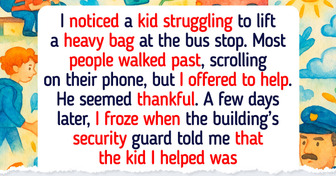
12 Acts of Kindness That Made Someone See the Horrible Truth
